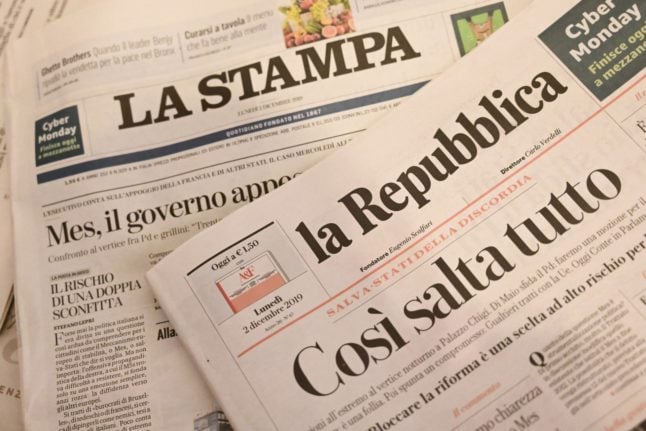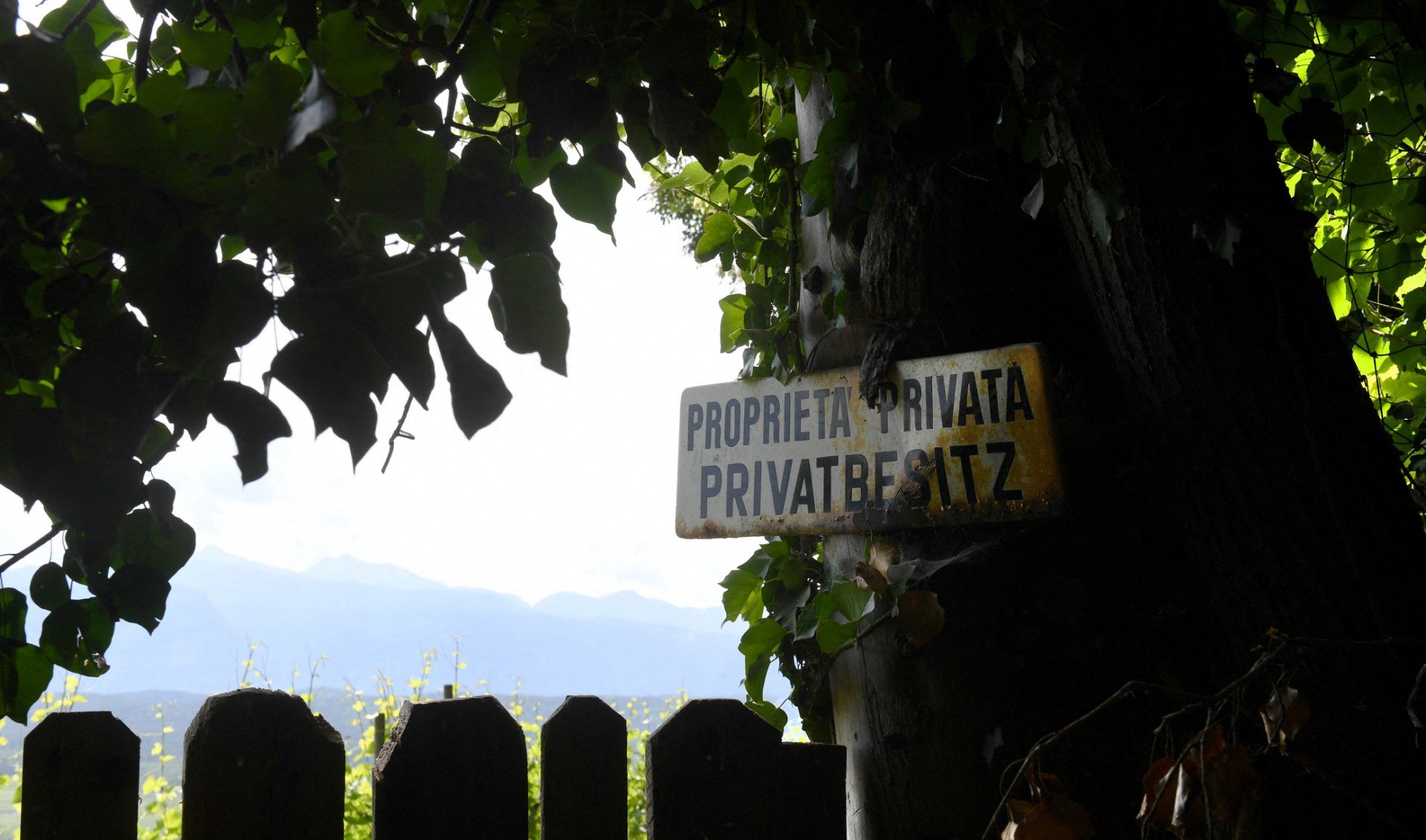Ahead of International Women’s Day, the campaign says 30 different words for a sex worker, including “puttana” (whore) and “cagna” (bitch) should be removed from the list of synonyms.
The words appear as synonyms of the euphemism for sex worker “buona donna“, which is included in a list of expressions that use the word “donna” (woman).
It points out that while the terms associated with “woman” have negative connotations, the synonyms listed under the word “man” are generally positive.
The letter’s signatories include activist and politician Imma Battaglia, politician Laura Boldrini and deputy director general of the Bank of Italy Alessandra Perrazzelli.
La lettera aperta: "La Treccani cambi la definizione di donna”: L'attivista Maria Beatrice Giovanardi, insieme a cento persone del mondo della politica e della cultura, da Laura Boldrini a Michela Murgia, chiede ai responsabili del dizionario di… https://t.co/yAhdg22EJ8
— Repubblica (@repubblica) March 5, 2021
“Such expressions are not only offensive but reinforce negative and misogynist stereotypes that objectify women and present them as inferior beings,” said the open letter, which was published in Italian newspaper La Republica on Friday.
The campaign was started by activist Maria Beatrice Giovanardi, who was also behind a similar one last year urging the Oxford English Dictionary (OED) to remove words such as “bint” and “bird” as other ways of saying “woman”.
#IAmNotABitch
Change Oxford Dictionary’s Sexist Definition of ‘Woman’ – Sign the Petition! https://t.co/xsnquNxlMA via @UKChange— Maria Beatrice Giovanardi (@mbgiovanardi) June 27, 2019
Oxford University Press updated its definition of “woman” in its dictionaries after a similar petition gathered 30,000 signatures.
However, Treccani’s Italian language vocabulary director Valeria Della Valle responded that she did not think the dictionary needed changing.
“It is not by invoking a bonfire…to burn the words that offend us that we will be able to defend our image and role (as women),” Della Valle wrote in her response.




 Please whitelist us to continue reading.
Please whitelist us to continue reading.
Member comments